9 lost railway stations around Scotland
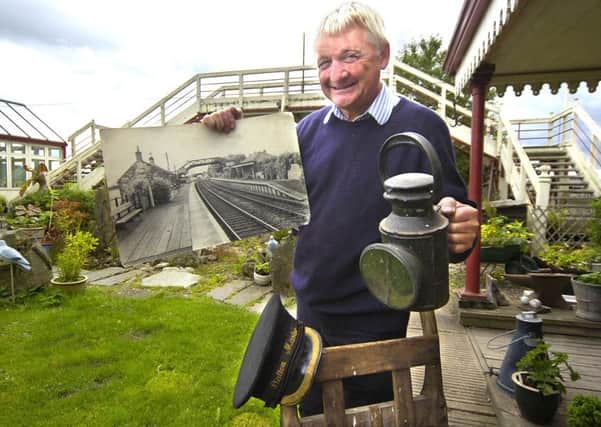

Lost and abandoned railway stations can be found all over Scotland. The vast majority of them fell victim to the notorious Beeching cuts of the 1960s, which sought to half the number of operational stations in the United Kingdom.
The axe came down with considerable force in the Scottish Borders, which, for over 40 years, was left without a dedicated rail service.
Advertisement
Hide AdAdvertisement
Hide AdFollowing closure, many stations were demolished in their entirety and the land they once occupied redeveloped. Others, meanwhile, lay derelict and forgotten before being adapted for alternative uses. We take a look at some of the most famous.
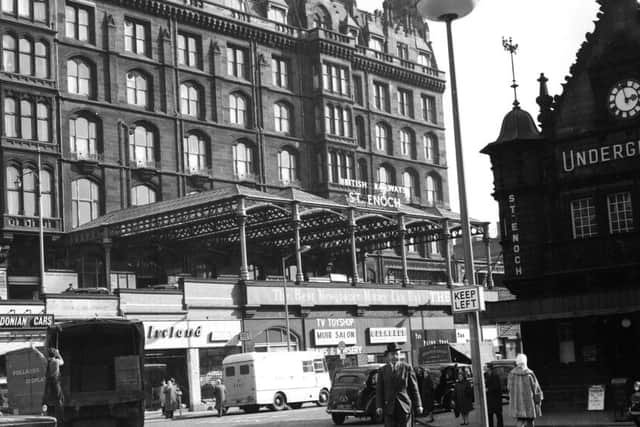

St Enoch Railway Station, Glasgow
One of the most spectacular-looking railway stations in Scotland, St Enoch was a main line railway station and hotel which opened in October 1876. St Enoch’s grand hotel was among the plushest in Glasgow and was the first building in the city to be lit by electric lighting. Despite averaging over 23,000 passengers a day, St Enoch’s services were transferred to Glasgow Central and the station closed to traffic in June 1966. The hotel was eventually pulled down in 1977. St Enoch shopping centre now occupies the site.
Creagan Railway Station, Argyll and Bute
Located on the north shore of Loch Creran and operated by the Ballachulish Branch of the Callander and Oban Railway Company, Creagan Railway Station opened on 24 August 1903. The main station building was spared demolition when the line was axed in March 1966 and is still visible from the A828 today.
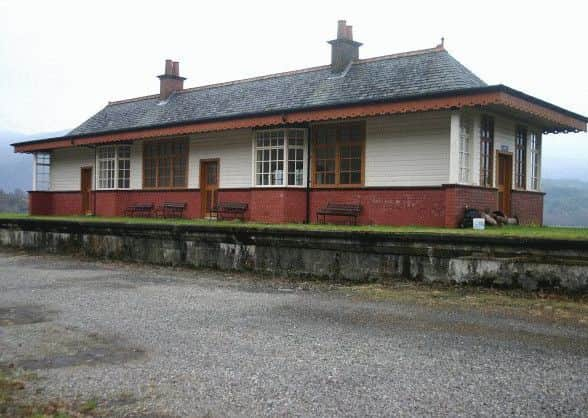

Aboyne Railway Station, Aberdeenshire
Aboyne Station opened in 1859 but was rebuilt in spectacular fashion around 1900. The main building of the station still stands today and is finished in granite with distinctive Scots Baronial turrets and a central entrance with a steel-framed awning. The line closed to regular passenger traffic on 28 February 1966.
Aberlour Railway Station, Moray
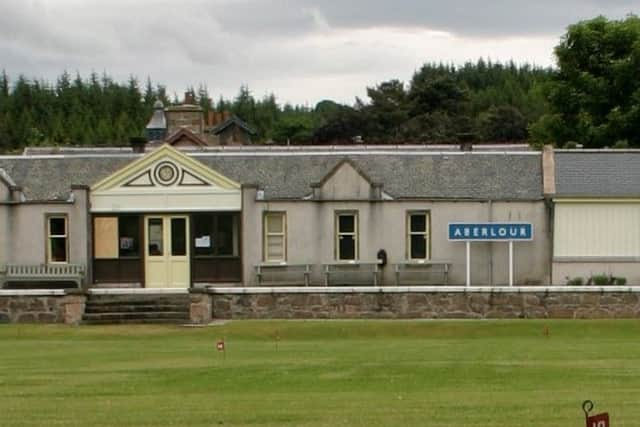

Aberlour Station was run by the Strathspey Railway Co. and served the village of Aberlour in Moray. The station closed to passengers in 1965, though the line stayed open to freight for another six years. Aberlour’s main buildings have since been transformed into a visitor centre and tearooms.
Princes Street Station, Edinburgh
Edinburgh’s second largest railway terminal after Waverley, Princes Street Station opened in the 1870s but was extensively rebuilt between 1890 and 1893. The station was run by the Caledonian Railway Company who added a hotel above the main terminal in 1903 - the Caledonian Hotel. After the station’s closure in 1965 and demolition five years later, the hotel was retained, and still operates today as the Waldorf Astoria Edinburgh - The Caledonian. Other than the hotel, there are few remnants of the old station left.
Buchanan Street Railway Station, Glasgow
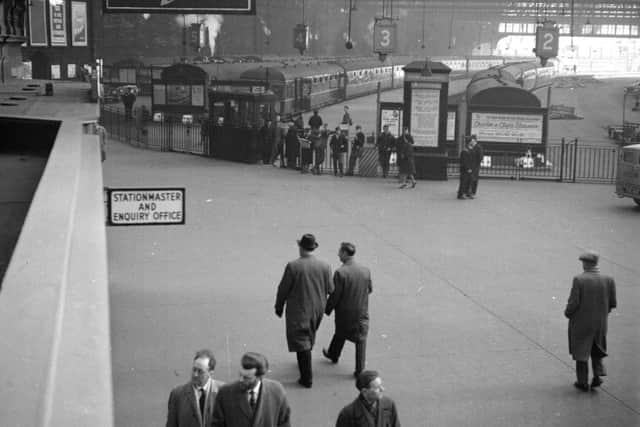

Opened in the 1850s, Buchanan Street Station featured a wooden terminal building which operated as a goods station until the 20th century. The station was earmarked for removal in the Bruce Report of the 1940s, but was saved due to most of the report being abandoned. Any celebrations turned out to be short-lived, however, as Buchanan Street fell victim to the Beeching cuts of the 1960s. It was demolished in 1967, with its services redirected to Queen Street. Buchanan House and Glasgow Caledonian University now occupy the site of the old station.
Cardrona Railway Station, Scottish Borders
Advertisement
Hide AdAdvertisement
Hide AdCardrona Station was opened in 1864 as a part of the Innerleithen and Galashiels Railway. After the line’s closure in 1962, the station’s handsome main building lay disused for a number of years. Today is used as a cafe and was formerly the Cardrona Village Store. The platforms and signal box are still extant.
Hassendean Railway Station, Scottish Borders
Opened by the North British Railway Company in the 1840s, Hassendean Station was among the oldest stations in Scotland. Like so many stations in the Borders region, Hassendean was axed following the Beeching report. The station welcomed its last passengers in 1969 and lay abandoned and derelict for a number of years. Many of the station buildings have since been restored and converted for residential use and the distinctive railway footbridge has also been retained. The station’s former waiting room has been converted into a private office space and the trackbed has been filled in between the platforms to create a garden.
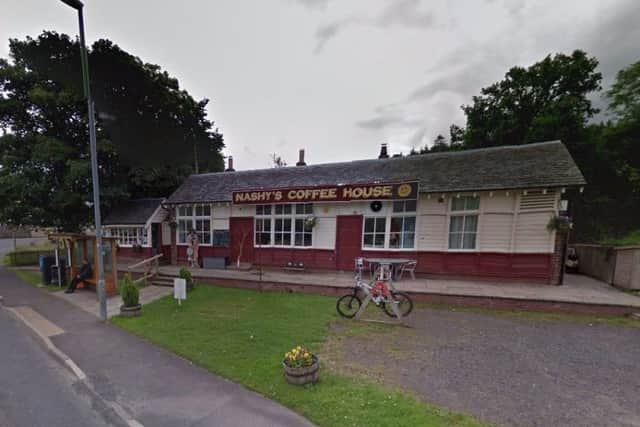

Leith Central Station, Edinburgh
Central Station was a North British-run terminal serving the Leith district of Edinburgh. It was constructed in 1903 and was open to regular passenger traffic until 1957. Most of the station was demolished in the late Eighties, with only the main office complex and original clock tower surviving. A supermarket and a children’s soft play centre now occupy the former site of the terminal. The station is also notable for inspiring the title of Irvine Welsh’s Trainspotting novel.
